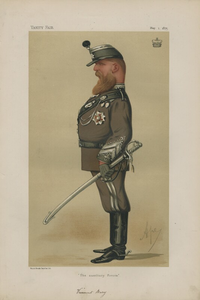
Earl of Albemarle is a title created several times from Norman times onwards. The word Albemarle is derived from the Latinised form of the French county of Aumale in Normandy, other forms being Aubemarle and Aumerle. It is described in the patent of nobility granted in 1697 by William III to Arnold Joost van Keppel as "a town and territory in the Dukedom of Normandy."

Gilbert Elliot-Murray-Kynynmound, 2nd Earl of Minto,, styled as Viscount Melgund between 1813 and 1814, was a British diplomat and Whig politician.
Nathaniel Clements, 2nd Earl of Leitrim, KP PC (Ire), styled The Honourable from 1783 to 1795, and then Viscount Clements to 1804, was an Irish nobleman and politician.

Orlando George Charles Bridgeman, 3rd Earl of Bradford, PC, DL, styled Viscount Newport between 1825 and 1865, was a British courtier and Conservative politician. In a ministerial career spanning over thirty years, he notably served as Lord Chamberlain of the Household between 1866 and 1868 and as Master of the Horse between 1874 and 1880 and again between 1885 and 1886.

William Charles Keppel, 4th Earl of Albemarle, GCH, PC, briefly styled Viscount Bury between May and October 1772, was a British Whig politician.
General James Alexander St Clair-Erskine, 3rd Earl of Rosslyn PC, DL, styled Lord Loughborough from 1805 to 1837, was a Scottish soldier and Tory politician. A General in the British Army, he also held political office as Master of the Buckhounds between 1841 and 1846 and again in 1852 and as Under-Secretary of State for War in 1859.
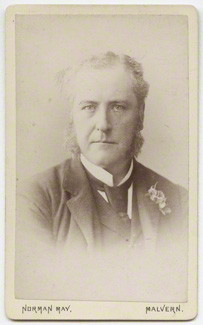
Frederick Lygon, 6th Earl Beauchamp PC DL, styled The Honourable Frederick Lygon between 1853 and 1866, was a British Conservative politician.
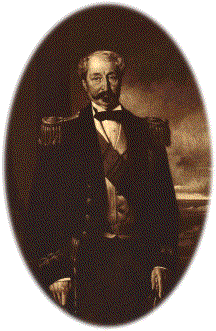
Thomas Egerton, 2nd Earl of Wilton, GCH, PC, known as Thomas Grosvenor until 1814, was a British nobleman and Tory politician. He served as Lord Steward of the Household in 1835 in Sir Robert Peel's first government.
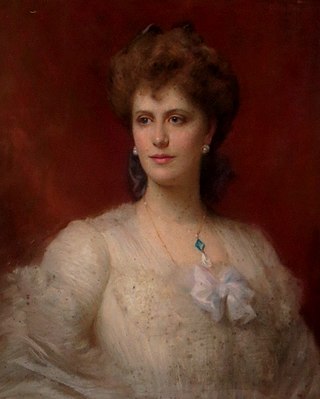
Alice Frederica Keppel was an aristocrat, British society hostess and a long-time mistress of King Edward VII.
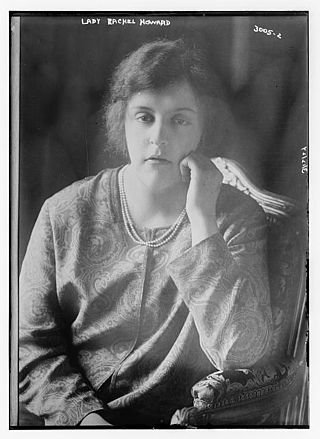
Lady Mary Rachel Pepys, DCVO was a lady-in-waiting to Princess Marina, Duchess of Kent, from 1943 to 1968. She was the eldest child of Henry Fitzalan-Howard, 15th Duke of Norfolk and his wife, Gwendolen Constable-Maxwell, 12th Lady Herries of Terregles.

George Keppel, 3rd Earl of Albemarle KG PC, styled Viscount Bury until 1754, was a British general and nobleman. He is best known for his decisive victory over the Spanish during capture of Havana in 1762, as part of the Seven Years' War.

Frederick Keppel was a Church of England clergyman, Bishop of Exeter.

George Keppel MVO was a British army officer and the husband of Alice Keppel, the mistress of King Edward VII. Keppel was a descendant of King Charles II, and was also the great grandfather of Queen Camilla of the United Kingdom.
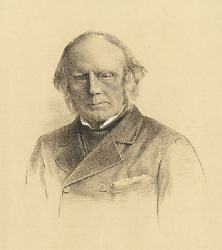
General George Thomas Keppel, 6th Earl of Albemarle,, styled The Honourable from birth until 1851, was a British soldier, Liberal politician and writer.
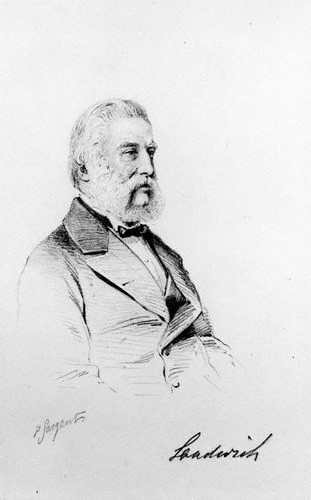
John William Montagu, 7th Earl of Sandwich PC, styled Viscount Hinchingbrooke from 1814 to 1818, was a British peer and Conservative politician. He served under Lord Derby as Captain of the Honourable Corps of Gentlemen-at-Arms in 1852 and as Master of the Buckhounds between 1858 and 1859.
Rufus Arnold Alexis Keppel, 10th Earl of Albemarle, known as Viscount Bury from 1968 to 1979, is a British designer.

Arnold Allan Cecil Keppel, 8th Earl of Albemarle,, styled Viscount Bury from 1891 to 1894, was a British soldier, courtier and Conservative politician.

Walter Egerton George Lucian Keppel, 9th Earl of Albemarle, was a British nobleman and soldier, styled Viscount Bury from 1894 to 1942.

William Craven, 2nd Earl of Craven DL, styled Viscount Uffington until 1825, was a British peer.
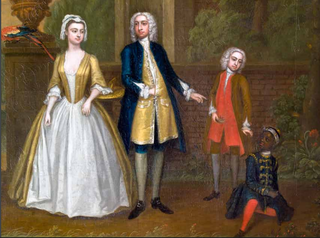
Edward Southwell, 20th Baron de Clifford was a British politician.
